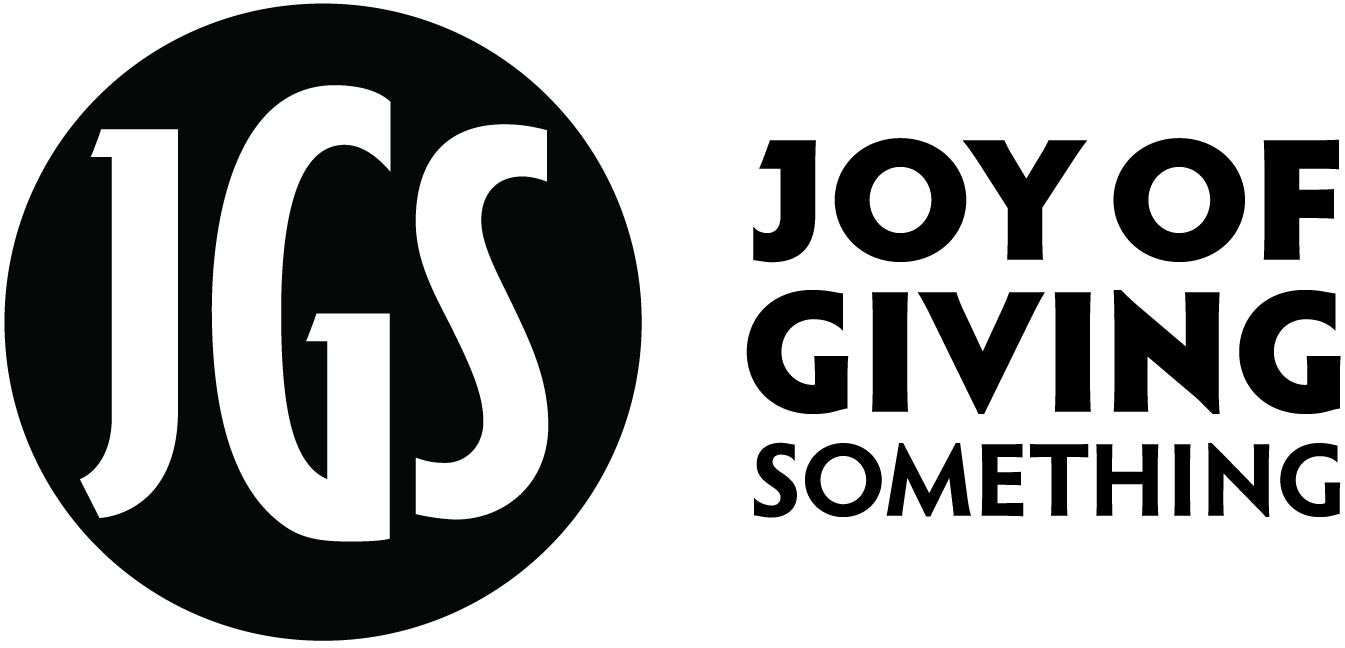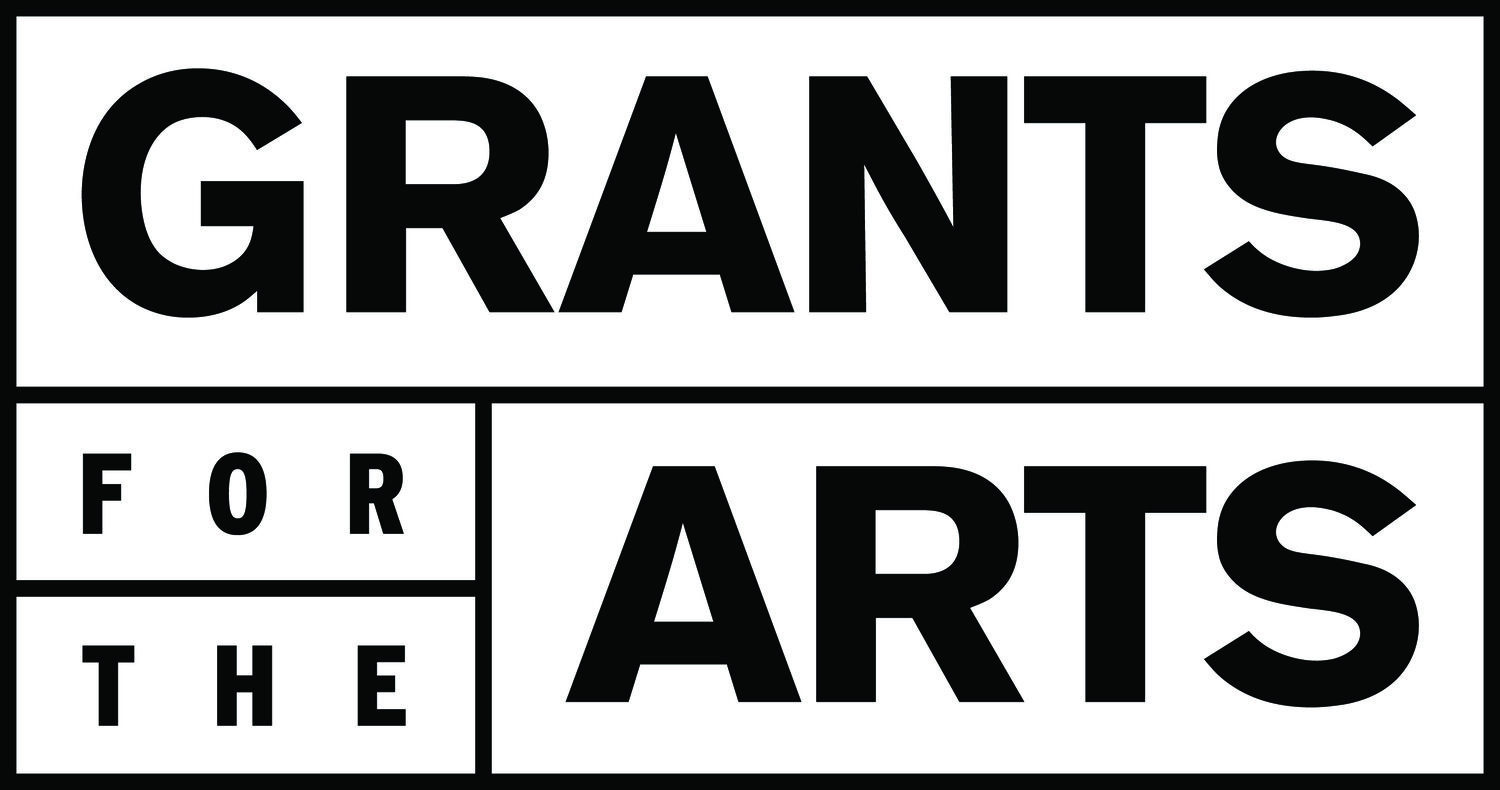STATE BETWEEN
Wray Herbert-King
Of all the works in Cell Signals, Wray Herbert-King’s State Between was always intended as an installation. Which is to say that when he was selecting footage and images extracted from the documented jail video-visitation feeds, Wray thought keenly about the future relationship between viewers and the work in a physical (gallery) space. A viewer must stand amongst the 14 float-mounted images and the video installation. The video plays on an antique PVM monitor, itself facing a mirror. The different scales of vaguely human forms in the images and the silent 8-minute video make for an unfamiliar mood. The viewer is forced into an acute attention to disembodied details.
It seemed sensible to err away from sharing any digital equivalents of the images and video online.
Frustrated distance is inherent to virtual visitation. The effect is to depersonalize. State Between reverses that momentum; it is poignant, spectral, sometimes funny, and insists upon Wray and Dennis’ shared creativity. Until that time when galleries re-open and we, you, can encounter State Between in an activated space, we wait. We hold.
Curator Pete Brook asked Wray to speak to the pace and the mood of State Between.
CONVERSATION
Wray Herbert-King (WHK): There’s two parts to describing the mood of the video. Firstly, there's the video itself as an 8-minute feed. Secondly, there's the physical display of the feed on an archaic PVM monitor in a gallery space. The lower quality video, displayed on the bulky PVM monitor, functions to manifest the oddness of the virtual visitation experience while simultaneously paying homage to past artists who use this monitor.
Pete Brook (PB): You prefer to call video visitation "virtual visitation"?
WHK: Yes. It's a poor imitation of meeting in-person. You're forced to pay high amounts to virtually visit … and you're subject to a really poor quality video interaction with the person you love.
PB: But you add a layer. You force the gallery audience to view the 8-minutes of your piece, on a monitor which is itself pointing at the wall. The video feed is reflected in a mirror against said wall.
WHK: That was all about emphasizing the space between.
PB: Without the mirror and only the monitor, you'd be serving up, in some way, just a facsimile of the virtual visitation feed you experienced. You want the viewer to be conscious of their act of watching?
WHK: To have the monitor and mirror in play, the work exists in the 12 inches between the mirror and the screen.
PB: Why no audio?
WHK: We'd talk, but that wasn't making pictures. Without him saying anything and by having him look directly at the camera, it started to become more about him and I [as people making this unusual thing]. I found the visuals in which he looked directly into the feed to be more intimate.
PB: How so? It created a mood?
WHK: It feels like we're experiencing him. He engages the camera, over and over again. When you have sat with a body of work for a couple of years it is hard to remove yourself from your own experience with it, but I feel these images give you a sense of whom Dennis is.
PB: It's a gesture of refusal. Incarcerated people and their loved ones pay a lot of money for their 15-minute or half-hour phone-calls. Most people, I assume, are trying to fit in as much as they possible can? Constant talk, multiple people on the line, perhaps. But you and Dennis conceived of something other than verbal communication to create something singular. I think that's key to the work.
WHK: I haven't thought of the exact word to describe the mood of the silence. Maybe something like eerie? The pacing of it is a staccato though. The audio might lull you, but the visuals are choppy.
PB: You think?
WHK: At the start of the 8-minutes, Dennis walks into the room and sits down. Dennis moved from one facility to another often, but the aesthetic of the piece remains largely the same—antiseptic light and institutional blues. Next, Dennis looks directly into the camera and reaches for the phone. Then, it cuts to a lengthy series of clips of Dennis just addressing the camera without speaking. There is no phone in the series of clips.
PB: Until the end?
WHK: Yes, until the end.
PB: Over 7-minutes of silent Dennis staring out?
WHK: Yes, in a series of 10 to 20 second clips.
PB: How often did you and Dennis speak?
WHK: Nearly every week, for the best part of a year. Probably on 30 different conversations. Each about a half-an-hour.
PB: Is State Between about Dennis as a person who exists in our world? Or is it more about Dennis as a representative for him and all others bound to this strange, screen-mediated experience?
WHK: I want to say both. I want to believe that Dennis isn't stripped of his identity. There's something very intimate, should I say intense?
PB: He's unavoidable.
WHK: You're going to get to know Dennis one way or another. Whether it's basic, like his beard or his hair changing. Or something more studied, like his environment changing. Or something subtler, like his facial expressions.
PB: Maybe that helps the viewer place and feel the time they experience while in front of State Between? Help the audience locate Dennis in a frustrating and purgatorial space?
WHK: I don't like the idea of purgatory; it carries negative connotations for me, especially regarding the subject matter of incarceration. I like the idea of liminality; the anthropological definition of being in neither of the two dominant spaces, but identifiable in the necessary in-between. While on the inside unable to meet people in-person, Dennis is stuck in liminal space; forced into using and being a video/virtual version of himself.
PB: Would you say that there's an element to State Between that will relate to everybody who experiences virtual visitation? Consciously or unconsciously, everyone who uses virtual visitation experiences the mood you distill, I think. Especially through the palette, the mood is surreal and uncanny. The mood you've created is also not only yours and Dennis' right?
WHK: But Dennis has put the phone down. He's looks at the viewer, directly. That changes everything.
PB: He makes eye-contact with the lens knowing it is a surrogate for a future person in a future audience.
WHK: Take our video-chat right here, now. There's no moment that you and I can make eye-contact. Either, I'm looking at your eyes on the screen, or I'm looking directly into the camera above my screen (and you may have the sensation that I am looking at you?) but eye-to-eye connection is impossible. Dennis is kinda giving the viewer a piece of himself.
PB: And he never expects a return stare.
WHK: He may be a little more generous than that, in the sense that he provides the viewer his undivided attention. So, to round on your original question: The mood is relentless. The viewer doesn't really have the option to break eye-contact with him because it's not a live feed where your actions can directly effect his. They can only physically turn away.
PB: You just have to embrace the laser-focused eye contact! I like that word you use "relentless". Eye-contact is difficult.
WHK: It can be overwhelming.
PB: What do you want the work to do?
WHK: This is a problematic question. If you focus on what a thing might do while you're making it, you can dissuade yourself from the accidental, or the intimate, or the spur of the moment. There are some things a viewer has to come to themselves. I don't want to have to spell it out.
Content matters. I want to clearly point to what's going on right now with the virtual visitation business in U.S. prisons and jails. It is a fucking racket. Crooks are making a bunch of money off of it. Maybe the money you pay would be worth it if it was a good experience for viewers, visitors and prisoners. It's not. The quality is dismal.
People should leave State Between with questions. I am not paving a clear path all the way, and I'm allowing the audience enough to figure out what's going on. I hope that the inherent strangeness of virtual visitation comes through. I want to get people's curiosity fired up, you know? And hopefully they'll turn to consider the ramifications of virtual visitation's recent and rampant implementation.
Dennis was in a holding pattern while he was inside. Video art is new for me. These 8-minutes feel dense and relentless—like the silent holding pattern within that state between.
ABOUT THE ARTIST
Wray Herbert-King
Wray Herbert-King is a Bay Area visual artist whose practice consists mainly of sculpture and photography. He received his B.A. from University of California, Davis.



